Lighting Up the Andes
A Canadian couple is lighting up remote villages in Bolivia using white LEDs, solar panels, and a little help from their friends
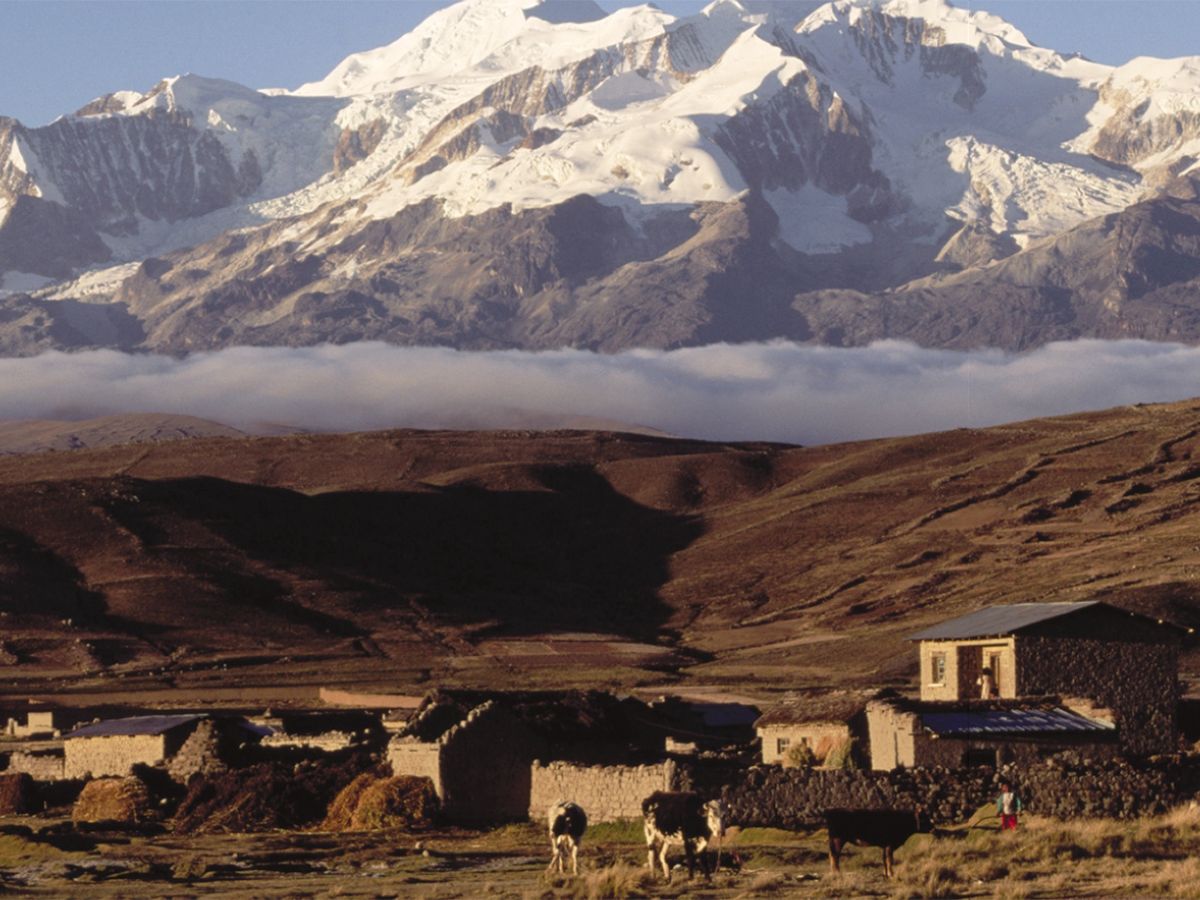
I’m standing in the fading light of a Bolivian fall day, watching—along with much of the village of Tahana—as Anthony Harckham, with tools and wires in hand, heaves his 6-foot-plus Canadian frame onto the corrugated steel roof of a small, mud-walled home. With the glacial peaks of Mount Illampu, the northern bookend to Bolivia’s Cordillera Real, as a backdrop, Anthony improvises a way to tack up a 15-by-20-centimeter solar panel with wood screws, and then he feeds wires from the panel under the eaves and into the home. I squeeze into the home’s small living space to watch Anthony and his wife, Faith, connect the wires to a 12-volt lead-acid battery pack, which is wired through a switch box to a pair of lamps—transparent plastic boxes each jammed with a dozen white light-emitting diodes, or LEDs. One lamp hangs from a narrow ceiling beam, while a second is located in an adjoining lean-to that serves as a kitchen. The sun is all but gone when the Harckhams finally flip a toggle switch and the LEDs jump to life to cast a bluish beam of light, eliciting smiles from the homeowners and their excited, chattering neighbors.
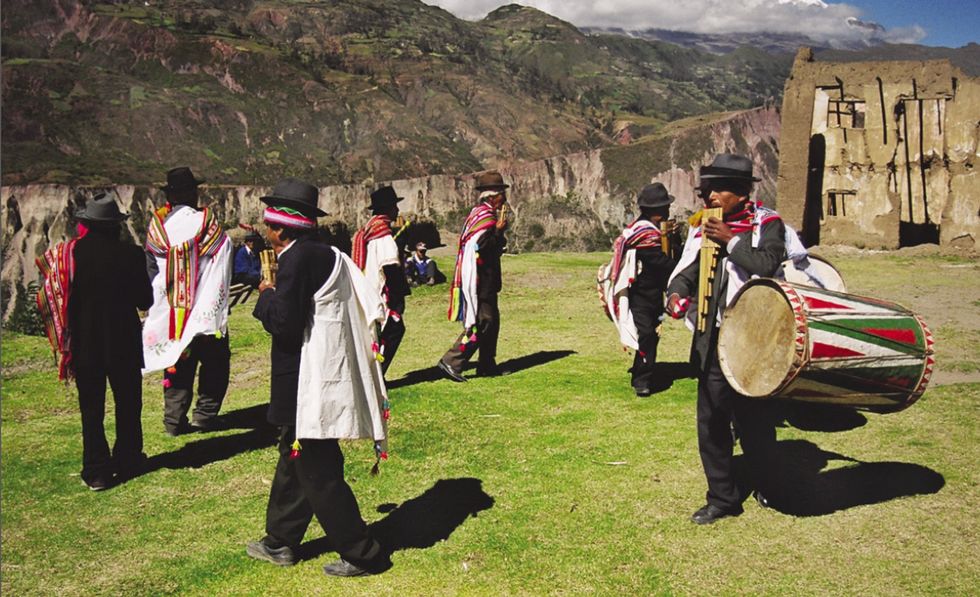
The Harckhams, a pair of 62-year-olds from Canmore, Alta., Canada, have made it their mission to free remote communities from reliance on costly kerosene lighting. Their solution: LEDs, which convert electricity into light relatively efficiently, powered by photovoltaic cells, which can reliably generate the necessary electricity from abundant sunlight. More than 1 billion people globally lack electricity at home, but the situation is particularly acute in Bolivia, one of South America’s poorest nations and its least electrified. Just one out of every four rural communities in this Andean nation enjoys consistent access to electric power. Most of Bolivia’s rural workers rely on sooty kerosene lamps that fill their homes with thick, acrid smoke. The Harckhams are offering these campesinos an alternative. The simple LED lamp they developed—12 white LEDs mounted on a hand-soldered circuit board—consumes only 1 watt and produces 30 lumens in a focused beam about as bright as the light of a 20-W incandescent bulb. It’s not the profuse light we’re accustomed to, but it is enough to read, cook, or work by.
Yet the Harckhams’ greatest insight is more about people than technology. They devised a small volunteer operation that blends tourism and charity: individuals of means in developed countries help finance lighting installations in the developing world. The operation, called Luxtreks, has installed lighting systems in more than 700 rural homes in Bolivia, Guatemala, Peru, and Pakistan without taking a dime of government money. Instead, Luxtreks trekkers pay the equivalent of about US $750 apiece over and above the expense of their own trips to cover the cost of lighting 20 homes. None of the money is for profit, and the Harckhams pay their own way. The trekkers travel with the couple and personally deliver the gift by installing the LED lamps themselves. At the same time, the trip provides trekkers a unique, in situ experience about as culturally distant from their daily lives as they could have imagined. “When you step into one of those houses it’s a pretty eye-opening experience,” says Anthony. “But it’s not only being in the homes. It’s engagement. You’re intimately involved in the community.”
I traveled to bolivia in May to meet the Harckhams and to see whether and how Luxtreks’ trekkers and technology were making a difference in the lives of rural villagers. Our seven-person team would deviate from the Luxtreks norm: my wife, Sara Beam, a historian, and I would be the closest thing to trekkers, working like trekkers but not contributing the financial premium. For this mission, funding from a British charity, the Juniper Trust, helped the Harckhams to cover the equipment costs. Also, the mission would count on help from two agronomists and a French student, all affiliates of Cecasem, a nongovernmental organization based in Bolivia’s administrative capital, La Paz, that promotes rural development. We would not only install Luxtreks lighting systems in Tahana but would also visit two neighboring villages to do something the Harckhams had never done before: inspect lighting systems installed by Luxtreks in years past.
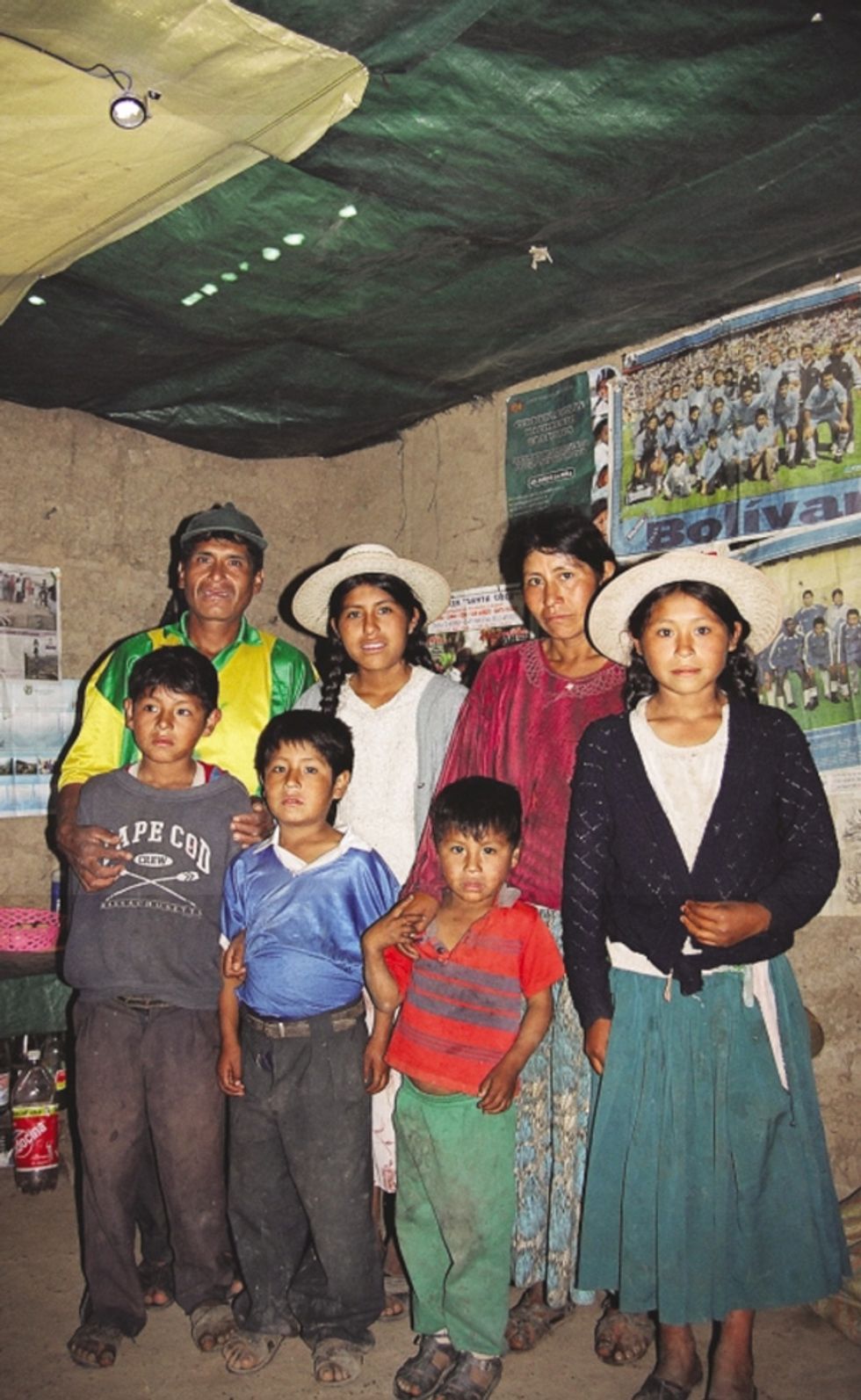
n the weeks prior to the trip, the country seemed poised to descend into political chaos over government policies favoring export of the country’s natural gas, an initiative opposed by many working Bolivians who feel that foreign energy firms are pumping away the country’s natural wealth. As we prepared to depart for Bolivia, campesinos were threatening to block the roads, prompting an acquaintance of the Harckhams in Bolivia to warn against making the trip. But the Harckhams were unfazed. They have come to expect roadblocks in their journey—though usually not such literal ones—and they took Bolivia’s political strife in stride. We would go to Bolivia and we would reach our destination in the Andes. As it turned out, fortunately, we faced no roadblocks.
What we found in the villages would show both the daring and the shortcomings of the Luxtreks formula. I would discover that the operation is still a work in progress. Bolivia would force the Harckhams to reevaluate their commitment to Luxtreks and, ultimately, to reinvent both their technology and their working relationship with the rural peoples they serve.
Tahana is a village of 44 families eking out a living growing potatoes, corn, tea, and other foodstuffs on fertile but steep and rapidly eroding slopes. To reach Tahana our group travels by truck for four hours on unevenly paved highways, going from La Paz to the market and trekking town of Sorata. From there we hire an open-bed Toyota Land Cruiser and travel another two hours, now braced in the back amidst 3000 meters of wire, 90 kilograms of batteries, and hundreds of LED lamps, switch boxes, and solar panels. At the end of the road, where the power lines stop, we are met by a dozen men from Tahana and several donkeys. The plan is to take the gear down to a gully and then back up a kilometer-long trail to the village. It is the villagers’ second encounter with Luxtreks. Two years earlier, a Luxtreks team hiked through Tahana, en route to light up a neighboring village a few hundred meters upslope, prompting a petition from Tahana residents for systems of their own. Now the Canadians are back.
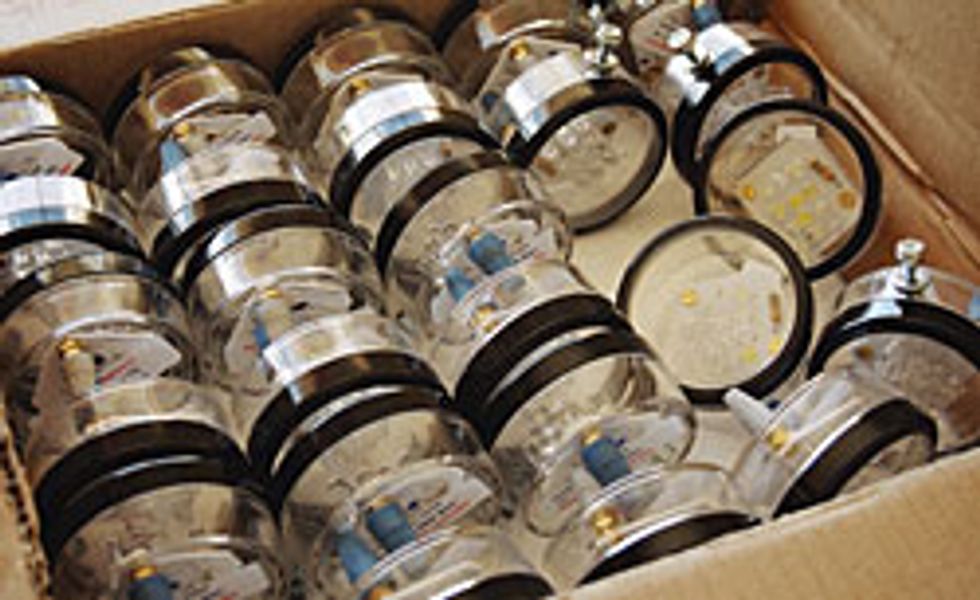
We arrive late in the afternoon and, after a formal welcome from the secretarios—a rotating council of landholding men—we set up shop in the school, which has been idled by a nationwide teachers’ strike; we’ll use it as a base where we’ll assemble components, take our meals, and strategize. As night falls, we eat and then head to our tents for sleep. We are excited and at the same time apprehensive, knowing that some hard work lies ahead.
In the morning, the two agronomists in our party—Cecilio Quispe and Estanislao Poma—take the lead and craft an installation plan. They are fluent in Aymará, an indigenous language common in the Bolivian Andes, and they know the villagers, having worked with them through Cecasem to build irrigation systems, upgrade ovens, and organize agricultural cooperatives. As the intense high-altitude sunlight boils away the chill of the morning, we set off with lighting kits in hand. Anthony and Poma will work the rooftops, installing the 2-W solar panels, which the Harckhams had custom built by a manufacturer in China. The rest of us split into teams to wire up the lamps containing the LEDs, these bought from a distributor in Hong Kong.
That morning I work alongside Morgane Richomme, the French development student, who was then just a few weeks into a two-month stint with Cecasem. Our team also includes three villagers: Roberto Mamani, Mario Condori (one of the secretarios), and his son Vitaliano. The three Bolivians watch as we connect all the pieces of the circuit: solar panel to battery, battery to switch, switch to lights. Soon they are pitching in, and by early afternoon they have seized the initiative and our tools. As they work feverishly by themselves, I reflect on how Richomme and I went, in a matter of hours, from installers to instructors and have now been relegated to quality control.
Freed from active duty, I go back to being a journalist. I see the humility and hospitality of the villagers whose homes we invade for half an hour or more with crimpers, cables, and semiconductors. I play with the kids, racing them on supply runs along twisting paths. I marvel at the villagers’ intimate cohabitation with animals: in tightly walled yards shaded by trees filled with ripe passion fruit, women grind meal among ducks, pigs, goats, and other creatures. Guinea pigs scurry at my feet like a moving carpet on the dirt and eucalyptus-plank floors.
One man welcomes us to tour his orchard and garden, his honey-producing hives, and his cactus-gorging herd of cochineal insects, which produce the deep red dye common in Andean textiles. I ask him how the villagers can take so much time away from their regular duties to work and talk with us. The man explains that they are between harvests and also that it is a “special opportunity” to have us there.
When dusk finally sets in, I experience the dark side—literally—of the campesinos’ standard lighting source. As the villagers ignite kerosene lamps that are little more than torches, smoke fills each small, nearly windowless home. The kerosene fumes contain particulates and carcinogenic gases that are a major cause of eye and respiratory diseases in the developing world, especially among women, who stay at home for much of the day. With my own eyes burning, I think also of the fire hazard as I watch a girl, perhaps three years old, plucking long black hairs from her head and dangling them in a flame.
During those three exhausting days in Tahana, the closest we come to taking a shower is dunking our heads in a public sink, and we endure vicious attacks from las pulgas—fleas that infest our tents and sleeping bags, teaching us the hard way why roosters and dogs become symphonic at 3 in the morning. But we also get a rare and sublime sort of thrill bringing clean light to the village, including every one of its homes, the school, and two churches.
Luxtreks got to Bolivia, interestingly, through the Harckhams’ evolving relationship with a place thousands of miles away, in southern Asia. For many years, the couple supported a schoolteacher in the remote village of Norung in Nepal. In 1998, Faith, a retired physiotherapist who now sells paintings to tourists visiting the Canadian Rockies, and Anthony, once R and D manager for the Alberta phone company and now a technology management consultant, traveled to Norung to visit the village and help build a new schoolhouse. During that trip, when the Harckhams asked the villagers what they needed most, their answer was light—electric light—which would free them from costly and smoky kerosene lamps.
The Harckhams found the technological solution an hour’s drive from home. David Irvine-Halliday, an electrical engineering professor at the University of Calgary, Alta., Canada, who had been in Nepal himself, had been just as moved as the Harckhams were by the dark homes and schools, and was working on a solution. In the spring of 2000, Irvine-Halliday and his wife, Jenny, returned to Nepal with LED lamps and lit up several villages, an initiative that would evolve into the Light Up the World Foundation. Irvine-Halliday’s idea is to create local manufacturers of LED lighting systems to serve remote communities like the ones in Nepal. For the Harckhams, his LED lamps provided a drop-in solution to Norung’s kerosene habit. Later that same year, the Harckhams returned to Norung with $3000 worth of photovoltaics, batteries, and white LED lights assembled in Nepal’s capital, Kathmandu, to Irvine-Halliday’s specs. Working with the villagers, the couple lit up Norung in a matter of days. Luxtreks was conceived to continue and expand that initiative, and by late 2002, the Harckhams had scheduled Luxtreks’ first trip. Destination: Bolivia.
Eight trekkers signed up for that Bolivian mission. The plan was to light up 120 homes in two villages: Quirambaya, an hour’s hike from Sorata, and Pocobaya, just above Tahana. Pulling it off would test the Harckhams. They were counting, again, on Irvine-Halliday’s help with the LED lamps, but this time the Calgary professor couldn’t deliver. Busy debugging circuitry for a second generation of lamps, he didn’t have time to arrange the lamps for the Harckhams. So they improvised. Through friends—and friends of friends—Anthony found a local company willing to design a similar circuit for free. He ordered the necessary components, and he and Faith assembled their own lamps. Their system at that time also consisted of two LED lamps, plus one switch box with a current-limiting circuit and a battery, to be charged once a week at a central charging station powered by 75-W solar panels.
Once on the ground in Bolivia, the Harckhams faced further logistical hurdles and plenty of anxiety. Would the lights work as expected? Did they have enough wire and tools? Could they manage the trekkers? On top of that, their relationship with their initial local contacts—a couple living in La Paz—fell apart during the trip. The couple, whom the Harckhams had contacted through Irvine-Halliday, had identified Pocobaya and Quirambaya as candidates for LED lighting and had helped the Harckhams with travel arrangements and local logistics. But a series of misunderstandings and disagreements over the project’s specifics, beginning with the Harckhams’ decision to improvise their own as-yet-untested lamps, soured relations between the two couples, severing a key line of communication with the villagers for the Harckhams, who spoke little Spanish, let alone Aymará.
In the end, despite these and other difficulties, the equipment arrived in time, the homes were lit, and the trekkers were satisfied. Tom Malaher, one of several people from Calgary on that mission, recalls the trip as an eye-opening adventure. “It certainly made us aware of the differences in economic and technological levels that exist,” he says. “You hear about this stuff on the news, and you see really low-quality TV images, but you don’t really know what it means because the TV frame is so narrow.”
Still, one element was missing for Faith and Anthony: the kind of connection with villagers that they had experienced in Nepal. “We got some help from the villages, but not as much as we’d anticipated,” recalls Anthony. “We didn’t really sense that we’d touched the community in quite the same way as we had in Nepal.” That disconnect would have profound consequences, as we would discover during our return visit.
As soon as we arrive in Pocobaya and Quirambaya, it is clear things are not quite right two years after installation. Only about half of the lighting systems in both villages are working; the rest are in varying states of disrepair. We find solar panels disconnected, charging stations burned out, switch boxes that don’t switch, lamps whose glued-on glass faceplates have come unglued, LED circuits impregnated with soot, and wires patched, broken, or missing. It is a far cry from the claim on the Luxtreks Web site that the villages “should be assured of their lighting for years to come.” At Pocobaya’s schoolhouse, LED lamps have been ripped out and a photo of a deceased friend to whom the Harckhams had dedicated the lights removed from the wall. Faith says she feels betrayed. She is stunned that, in her eyes, the villagers seem not to have taken care of the systems. “Anthony, I think we need to rethink what we’re doing,” she tells her partner.

My own impression is that the technology is underengineered. The wires, for example, are thin and, exposed to the elements both inside and outside the campesinos’ mud homes, seem prone to fail. The glue fastening the lamps’ faceplates looks inadequate, especially given the need to clean them in the smoky homes. And the idea of a central charging station for the batteries doesn’t seem to quite work—with no formal caretaker, it fell into disrepair.
We spend a full day in Quirambaya and half a day in Pocobaya doing what we can to swap in new lamps, switch boxes, and battery connectors. To encourage regular maintenance, Faith agrees to pay one man in each village the equivalent of $6 to $8 every month (a significant sum in a region where many campesinos earn no more than $400 a year) to check the village’s systems regularly and send reports to Luxtreks. As the Harckhams and the villagers hammer out these maintenance contracts, the tone of the negotiations disturbs me. With Poma as translator, Anthony and Faith make it clear that, in their minds, the villagers had not lived up to their end of the bargain.
The day that we depart the hillside villages around Sorata, roadblocks were sporadically halting traffic to La Paz. But during our drive, my mind remains in the Andean villages. I am puzzled by how Luxtreks’ projects could yield such seemingly divergent results in the places we visited. Was the exhilaration I experienced in Tahana real? Or would their lamps develop problems, as many had in Pocobaya and Quirambaya? And ultimately, can a couple of Canadians really make a difference in rural Bolivia?
Looking back after several months, I think they can. Though far from perfect, the technology transfer that the Harckhams are trying to pull off is of great benefit to most of the villagers. In Pocobaya and Quirambaya, most of the owners of broken systems were eager to see them fixed. Andrew Canessa, a sociologist and director of the Centre for Latin American Studies at the University of Essex, in Colchester, England, who has worked in Pocobaya for 15 years, says the lamps were in regular use when he last visited the village in 2003.
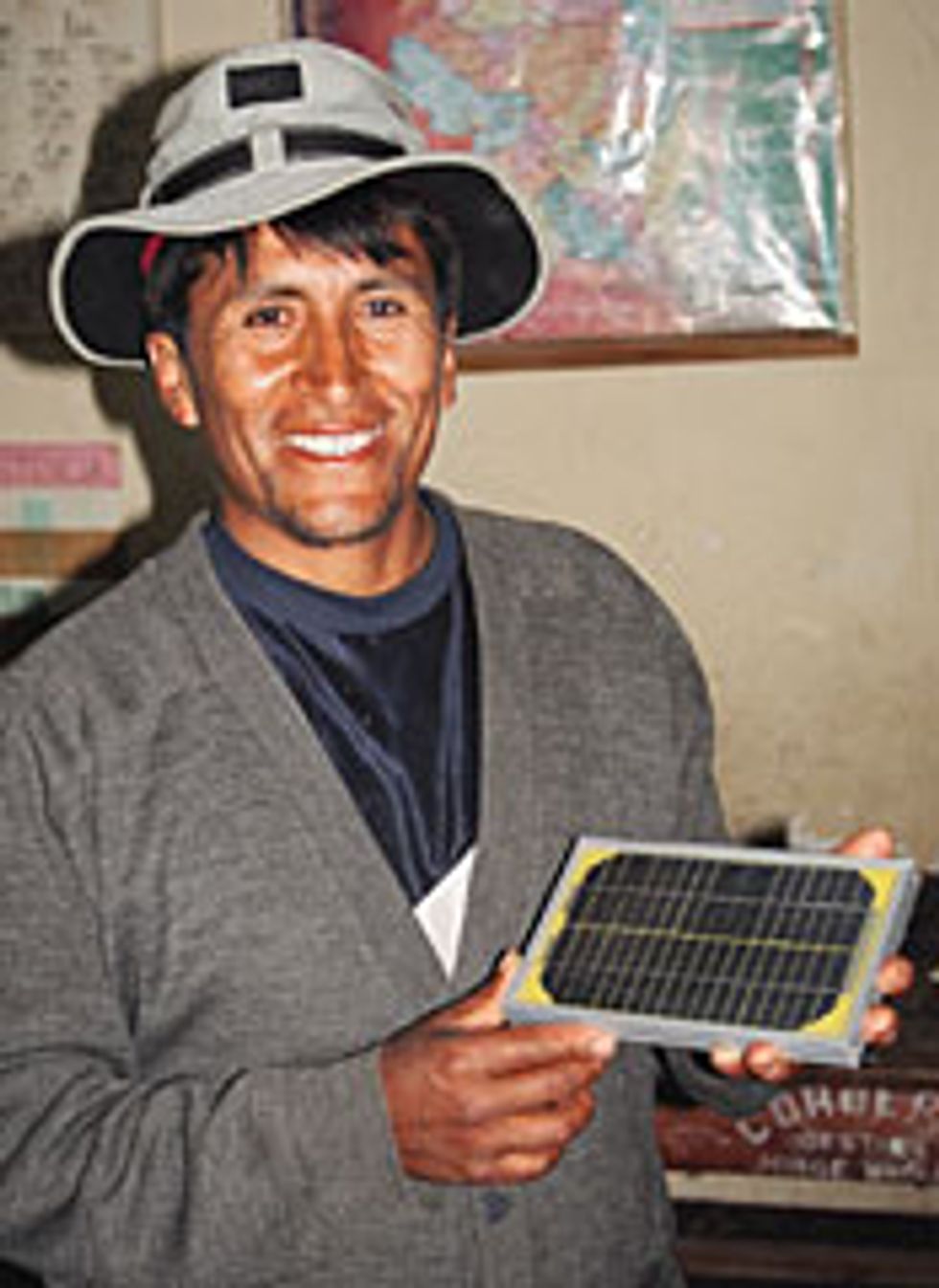
“In my opinion, this is a good example of how a little help can go a long way,” Canessa told me in an e-mail. Canessa says the light seemed particularly valued by the women, who spend much time indoors cooking in poorly lit kitchens, and among students who desire to do homework. Village women affirmed Canessa’s impressions. Josefina, a bright-eyed 65-year-old grandmother in Tahana, told me that the LED’s bluish beam is “not like electricity”—meaning not equal to the bright warm glow of the lights in nearby villages connected to the power grid—but that the LED lamps are a big step up from the kerosene lamps.
The intimate connection that Luxtreks experienced in Tahana, and the villagers’ intense engagement in the installation process, suggests that the systems will be even more valued there, where people have a greater sense of “ownership” of their lamps. “Successful projects must start from a perceived need by the intended recipient, and that need should be perceived by them as a priority, or they won’t be willing to pay for it with their money, voluntary work, or time,” says Francis Lethem, a development expert with the Duke Center for International Development at Duke University, in Durham, N.C.
Like most engineering projects, the Luxtreks operation faces problems and failures. With them, the Harckhams have learned that they must constantly rethink their initiative and, above all, that both human and technical factors are important for its success. During our trip, Faith came up with a better strategy with which to approach villages: the initial contacts would happen through preinstallation visits, in which they would hope to gauge and confirm the villagers’ commitment to the project. Meanwhile, Anthony worked to develop a more robust lighting system. The result is a radical redesign: Anthony packaged the LEDs, battery, and photovoltaics into one self-contained lantern. The lantern could be placed in the sunlight to charge and could then be hung inside at night.
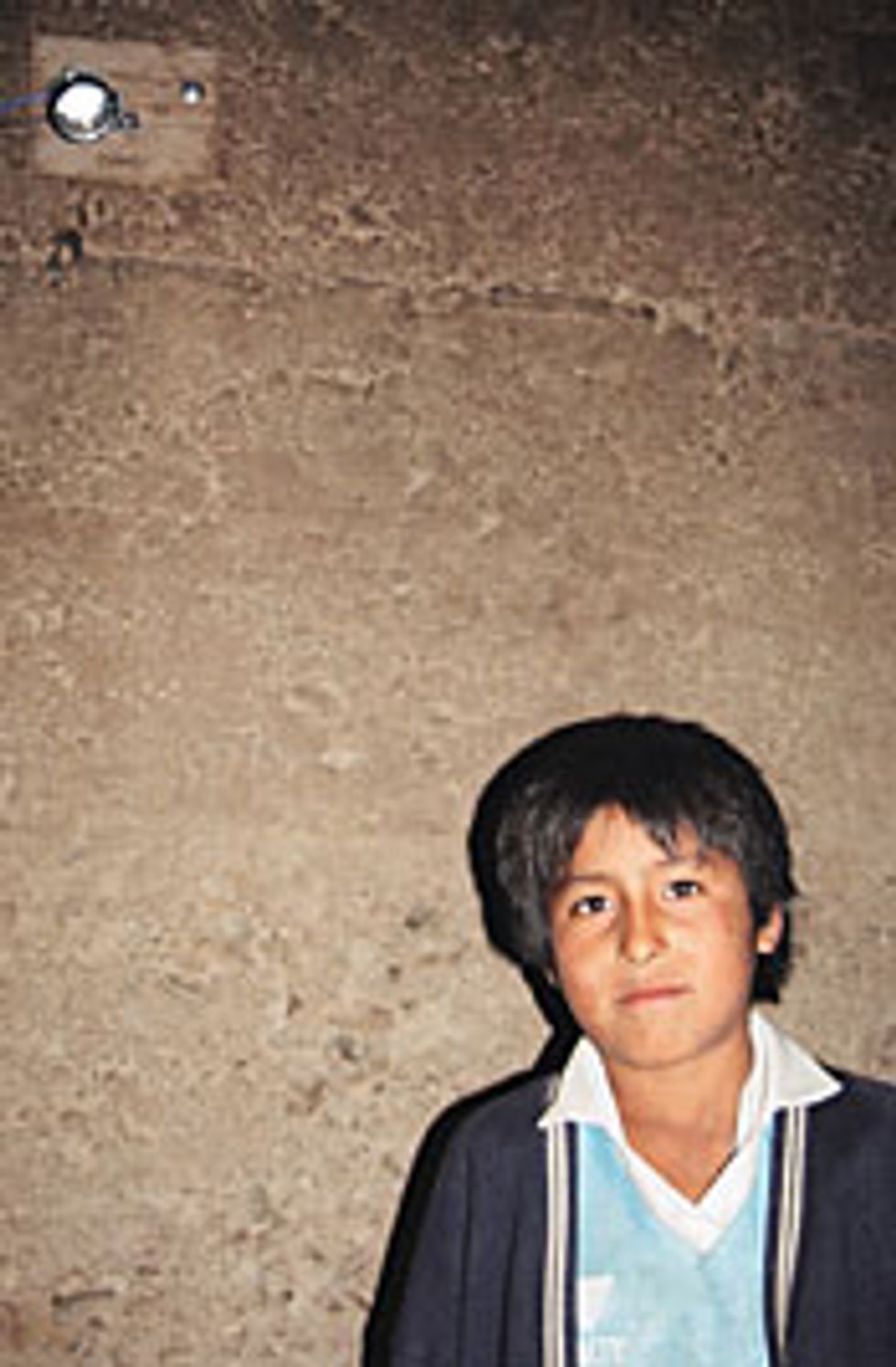
Irvine-Halliday says he has “nothing but admiration” for the Harckhams and for Luxtreks—an “affiliate” of his Calgary-based Light Up the World Foundation—but he continues to advocate a different strategy: jump-starting production and distribution of lamps in the developing world financed by the rural poor themselves. He says that the cost of a locally manufactured lighting system is nearly within reach for the rural poor and that microcredit financing, proven in places like Bangladesh and now spreading through the developing world, could provide the required capital. Until rural people around the world can walk into shops and buy their own LED lamps, I hope that Luxtrekkers keep on making the journey.
Half a year later, my thoughts still return to our final afternoon on the hillsides below Mount Illampu. Our work in the three villages finished, we gather with the residents of Tahana on the soccer field, where they fete us with a traditional communal meal. A dozen men, dressed in their best suits and intricately woven serapes, strike up a mesmerizing, seemingly endless melody on drums and zampoñas, Andean panpipes. Before long I’m trading my denim baseball cap for a black fedora and bright serape from one of my new acquaintances, 33-year-old Víctor Peralta. Meanwhile, the women in our group are layered in traditional satin and cotton dresses. Moments later, as we twist around the field in a chain dance, accelerated to the point of hilarity, I realize that the villagers have made a difference in our lives as much as we have perhaps made in theirs.
About The Author
Peter Fairley writes about energy, technology, and the environment from Victoria, B.C., Canada. His article “The Unruly Power Grid” appeared in the August issue of IEEE Spectrum.